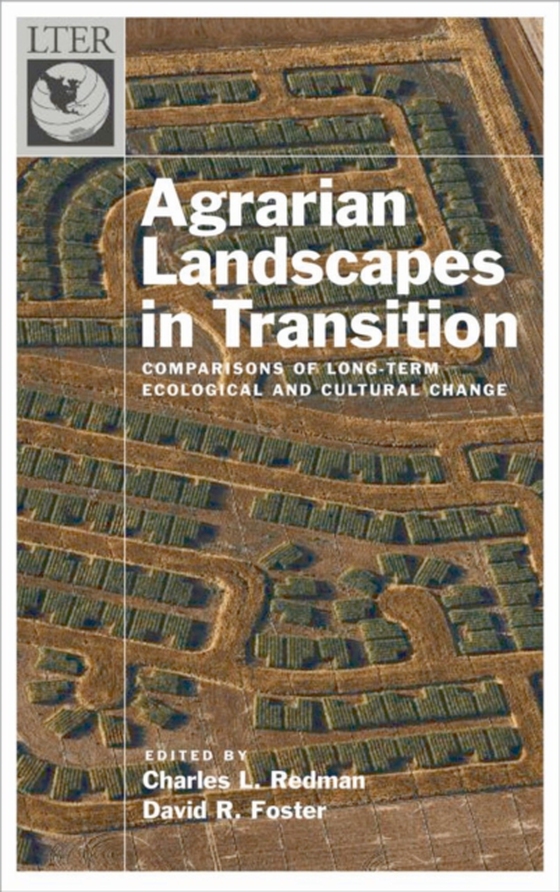
Agrarian Landscapes in Transition e-bog
504,55 DKK
(ekskl. moms 403,64 DKK)
Agrarian Landscapes in Transition researches human interaction with the earth. With hundreds of acres of agricultural land going out of production every day, the introduction, spread, and abandonment of agriculture represents the most pervasive alteration of the Earth's environment for several thousand years. What happens when humans impose their spatial and temporal signatures on ecological re...
E-bog
504,55 DKK
Forlag
Oxford University Press
Udgivet
18 juli 2008
Genrer
Nature in art
Sprog
English
Format
epub
Beskyttelse
LCP
ISBN
9780190451295
Agrarian Landscapes in Transition researches human interaction with the earth. With hundreds of acres of agricultural land going out of production every day, the introduction, spread, and abandonment of agriculture represents the most pervasive alteration of the Earth's environment for several thousand years. What happens when humans impose their spatial and temporal signatures on ecological regimes, and how does this manipulation affect the earth and nature's desire for equilibrium?Studies were conducted at six Long Term Ecological Research sites within the US, including New England, the Appalachian Mountains, Colorado, Michigan, Kansas, and Arizona. While each site has its own unique agricultural history, patterns emerge that help make sense of how our actions have affected the earth, and how the earth pushes back. The book addresses how human activities influence the spatial and temporal structures of agrarian landscapes, and how this varies over time and across biogeographic regions. It also looks at the ecological and environmental consequences of the resulting structural changes, the human responses to these changes, and how these responses drive further changes in agrarian landscapes. The time frames studied include the ecology of the earth before human interaction, pre-European human interaction during the rise and fall of agricultural land use, and finally the biological and cultural response to the abandonment of farming, due to complete abandonment or a land-use change such as urbanization.
 Dansk
Dansk

